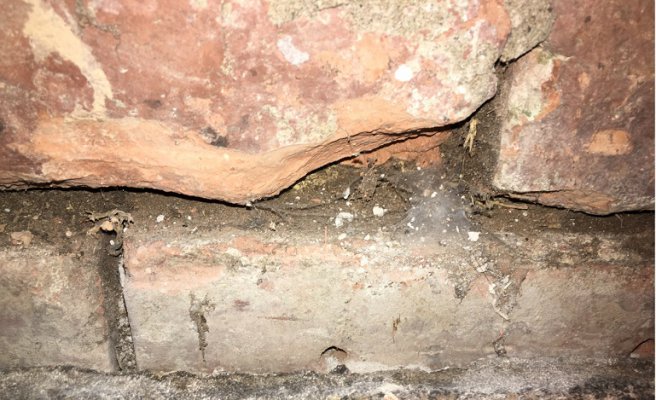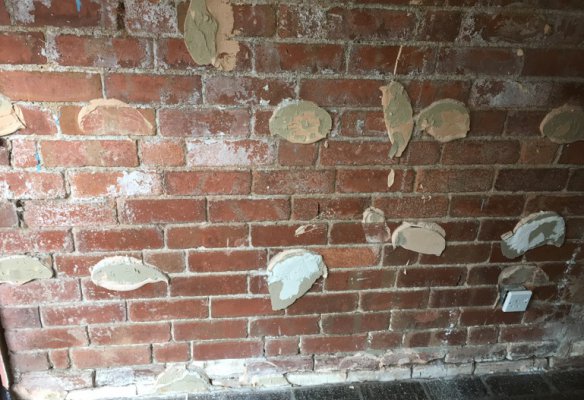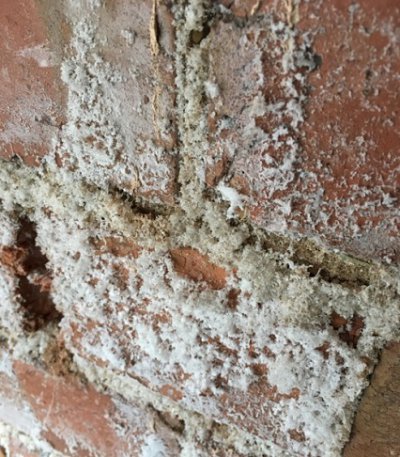Spoilt Victorian Child
Member
- Messages
- 104
- Location
- London
lukebasterfield said:I sometime even wonder if there is such a thing as 'rising damp' or is just a favoured term to make potential customers quake in their boots and part with their hard earned cash?
You've pretty much hit the nail on the head there. Yes, it's a fake industry that only exists in the UK. Go to some of the wettest cities you can think of (Amsterdam, Venice...) and see if they've got holes drilled along the bottoms of all their buildings which have been literally sitting in water for the past 100+ years.
I mention this guy's site often, but it really opened my eyes. He knows his stuff.
https://www.heritage-house.org/damp-and-condensation/managing-damp-in-old-buildings.html
I have actually used him to survey a property, with excellent advice and (now) dry results.
Look through his YouTube channel for any videos where he inspects damp, especially where a 'damp survey' has already been carried out, and he can usually debunk the survey with common sense, logic and actual scientific proof.
https://www.youtube.com/user/stibnite11/videos
In fact, he goes to a barn conversion that has dry-lined walls in this video, https://www.youtube.com/watch?v=xa_ZPVSP-Qo and finds the relative humidity in the air gap behind the plasterboard is 80-90%! In this case it was due to the outside ground level being higher than the inside.
I think you need to find why it's happened in your place, because even though plastering with lime plaster sounds a good solution, if the source of moisture is still there it could just move to the next 'weak spot'.
Oh, and here's a bit more reading on the 'damp industry' here:
http://www.buildingconservation.com/articles/risingdamp/risingdamp.htm
How thick are the outside walls, BTW?
What is the flooring made of? What would it have been originally?
Was the mortar in the bottom row of (dry) engineering bricks eroded too?



